|
by Glen Downey, Comics in Education, www.comicsineducation.com 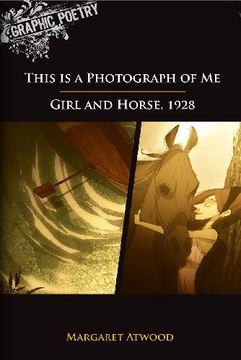 Of all the series I have worked on, I have a special place in my heart for the 21 volumes of Graphic Poetry. Published by Rubicon / Scholastic, the series went on to win two major awards, including the 2010 Textbook Excellence Award from the Text and Academic Authors Association and the 2011 Teachers' Choice Award from Learning Magazine. I'm especially fond of one title in the series: Margaret Atwood's "This is a Photograph of Me" and "Girl and Horse, 1928," probably because I teach a unit on Atwood's poetry to Grade 11 students in the IB program at The York School in Toronto. For the Atwood unit, we study recurring motifs and themes in her poetry, with a culminating assessment that involves students creating a visual piece that speaks to the same motifs and themes we explore in her poetry. When my student, Kersti, got up to do her presentation, I was exceptionally impressed by how she was able to capture the spirit of "Girl and Horse, 1928" in a wonderful painting she did. Her explanation of the choices she made in putting the piece together were equally impressive. I have to admit that I was a wee bit pleased with myself for having shown the class the adaptations of Atwood's poetry in the above volume from the Graphic Poetry series. The projects they produced, like Kersti's, were so excellently done and I figured that they were inspired in part by seeing how poetry can be successfully married with visual art. However, what happened on a subsequent assignment absolutely floored me. Kersti chose to interpret Atwood's "Flying Inside Your Own Body," a poem that discusses the freedom a woman enjoys when she dreams and the rather terrifying reality she inhabits when she awakens. When Kersti stood up, this is what she showed us "Okay," I thought. "She's managed to capture something of the final part of the poem. The restrictive, claustrophobic, isolating world that women can experience when they wake to discover the dream of flying inside your own body is illusory. "But what about the dream? What about the freedom and the joy that's described at the start of the poem? Where are they?" Then, to the surprise of everyone, she opened the painting... That's right... She opened it. And there, inside, was the speaker of Atwood's poem. Kersti's explanation of the choices she made in her interpretation were brilliant--the tattoo, the necklace, the symbolic touches in the background--and students couldn't stop complimenting her on her work.
So, this is why we teach visual narrative in the classroom. This is why we celebrate it... ...And this is why I started a website called Comics in Education.
2 Comments
Your comment will be posted after it is approved.
Leave a Reply. |
Glen DowneyDr. Glen Downey is an award-winning children's author, educator, and academic from Oakville, Ontario. He works as a children's writer for Rubicon Publishing, a reviewer for PW Comics World, an editor for the Sequart Organization, and serves as the Chair of English and Drama at The York School in Toronto. If you've found this site useful and would like to donate to Comics in Education, we'd really appreciate the support!
Archives
February 2019
|
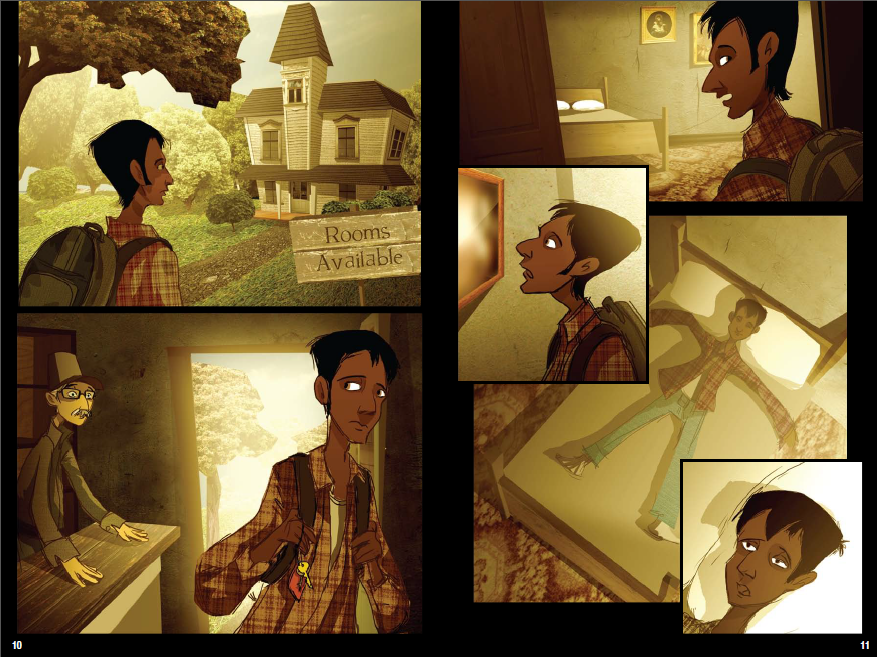
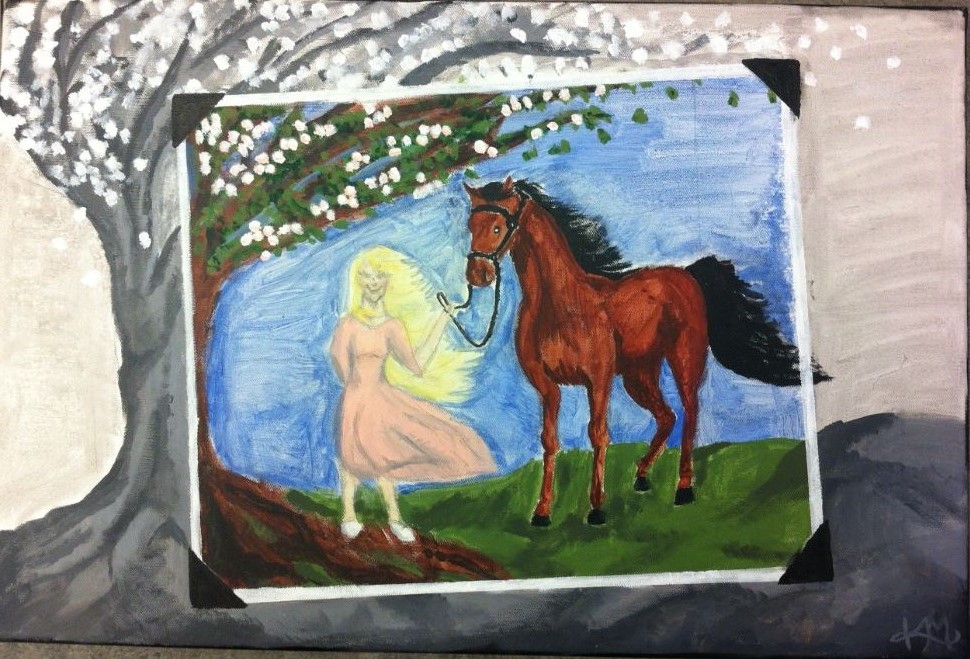
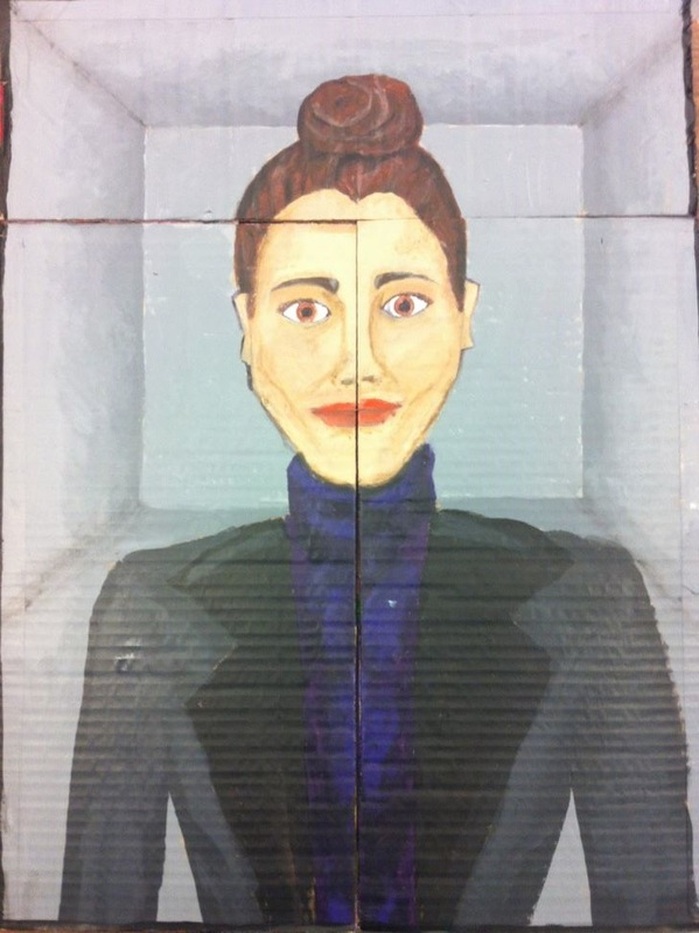
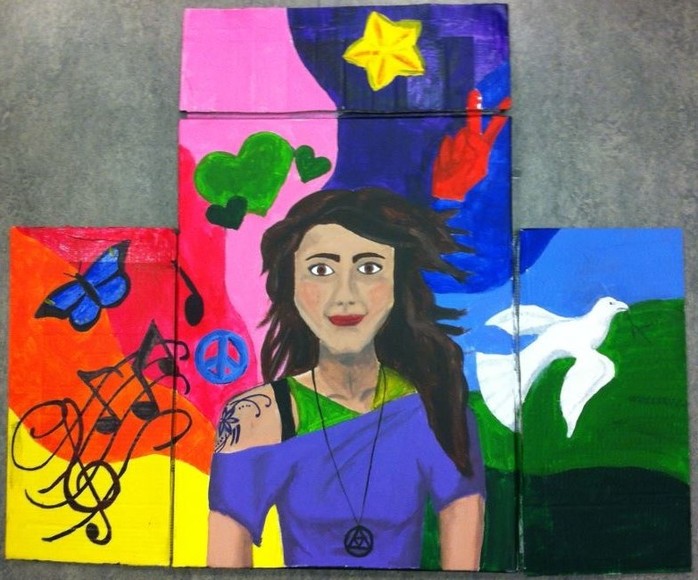

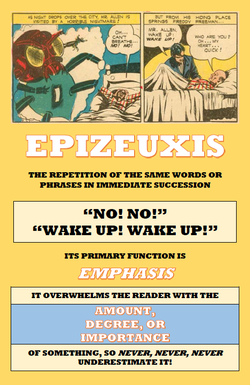
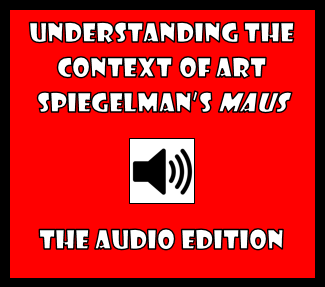
 RSS Feed
RSS Feed
